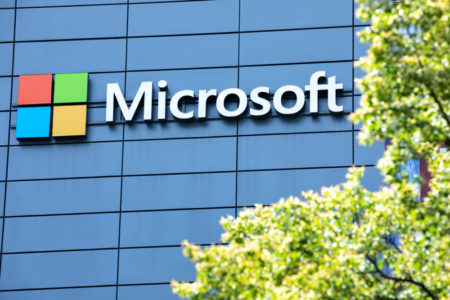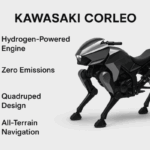January 18, 2020 – Microsoft two days ago announced its intention to become a carbon-negative operating company by 2030. That means it will draw down on the carbon it produces from operations to the point where the company will in everything it does be a negative emitter. And further, the company announced that by 2050 it will remove the equivalent amount of carbon from the environment produced by it since 1975, its founding year.
In its most recent operations, Microsoft has attempted to become carbon neutral, but it has done this largely through the purchase of carbon offsets. But offsets don’t do anything to decrease the actual carbon output of the business. The strategy going forward, however, will be emission removal. This bold policy decision is one to applaud but for the company to achieve it will require a far more holistic approach to its business and the ecosystem that supports it.
Currently, the Microsoft ecosystem is responsible for 16 million metric tons of carbon emissions annually of which 1 million comes from transportation, 4 million from energy usage, and 12 million from all other activities throughout all other business operations including the supply chain.
So how does the company go about tackling the 16 million? In its announcement, Microsoft has laid out a series of policies and milestones. Here is a summary of what the company intends to do to get to be carbon negative and to draw down on its historic greenhouse gas contributions.
- The company pledges to be carbon transparent going forward providing reporting on its carbon footprint and environmental performance.
- The company is signing the 1.5 Celsius Business Ambition Pledge issued by the United Nations and will encourage its customers and suppliers to do the same.
- The company will use its voice to advance research on carbon and new technologies aimed at produced net-zero global emissions, to achieve the removal of regulatory barriers to enable carbon-reduction technologies to scale more quickly, to use and support market mechanisms to make people and businesses more aware and informed about the carbon content of the goods and services purchased.
- The company will drive down emissions from direct activities such as transportation, and indirect emissions from energy usage. To do this will require the company:
- By 2025, to shift to 100% renewable energy for all data centers, buildings, and campuses.
- To electrify the global vehicle fleet by 2030.
- To pursue International Living Future Institute Zero Carbon certification and LEED Platinum certification for the Silicon Valley Campus and Puget Sound Campus.
- The company will address indirect emissions from all other activities including the emissions associated with the food produced for staff, the manufacturing of the products sold, the emission sources for all aspects of operations across the entire supply chain, the materials in buildings, the business travel of employees, and the full life cycle of its products, including the electricity customers consume when using these products. To do this will require:
- By July 2020, it will start phasing in its current internal carbon tax of $15 USD per metric ton to cover both direct and indirect emissions which will be paid by each division based on the amount of carbon emissions produced. The funds collected will go to sustainability improvements.
- All business divisions starting in July 2020 will pay an internal carbon fee for indirect emissions. This additional fee will be lower than the $15 price per ton but will increase over time. The money raised will be used to invest in carbon removal activities.
- By July of 2021, the company will begin to implement new procurement processes and tools to enable and incent suppliers to reduce their direct and indirect emissions. The company will work with its suppliers to implement consistent and accurate reporting and pursue effective steps to make progress against scientifically based targets.
- By 2030 Microsoft will remove more carbon than it emits, setting us on a path by 2050 to remove all the carbon the company has emitted either directly or by electrical consumption since its founding. This will be achieved through a portfolio of negative emission technologies including afforestation and reforestation, soil carbon sequestration, bioenergy with carbon capture and storage, and direct air capture carbon sequestration.
The company hopes to lead by example while creating the tools necessary to measure its carbon contributions. This week it launched the Microsoft Sustainability Calculator to not only help with its internal tracking of emissions but also to help customers address their carbon impacts. The company promises to produce additional tools and methodologies which it will share with its customers so that they can also develop a carbon-negative profile.
The company issued a call to action to every person and organization on the planet to achieve a net-zero carbon future while improving the living and working standards for all the people on Earth.
In its announcement, Microsoft called reducing carbon “the world’s next moonshot.” It would like the rest of the world to join this moonshot effort, the right commitment for the times, and an achievable goal.









